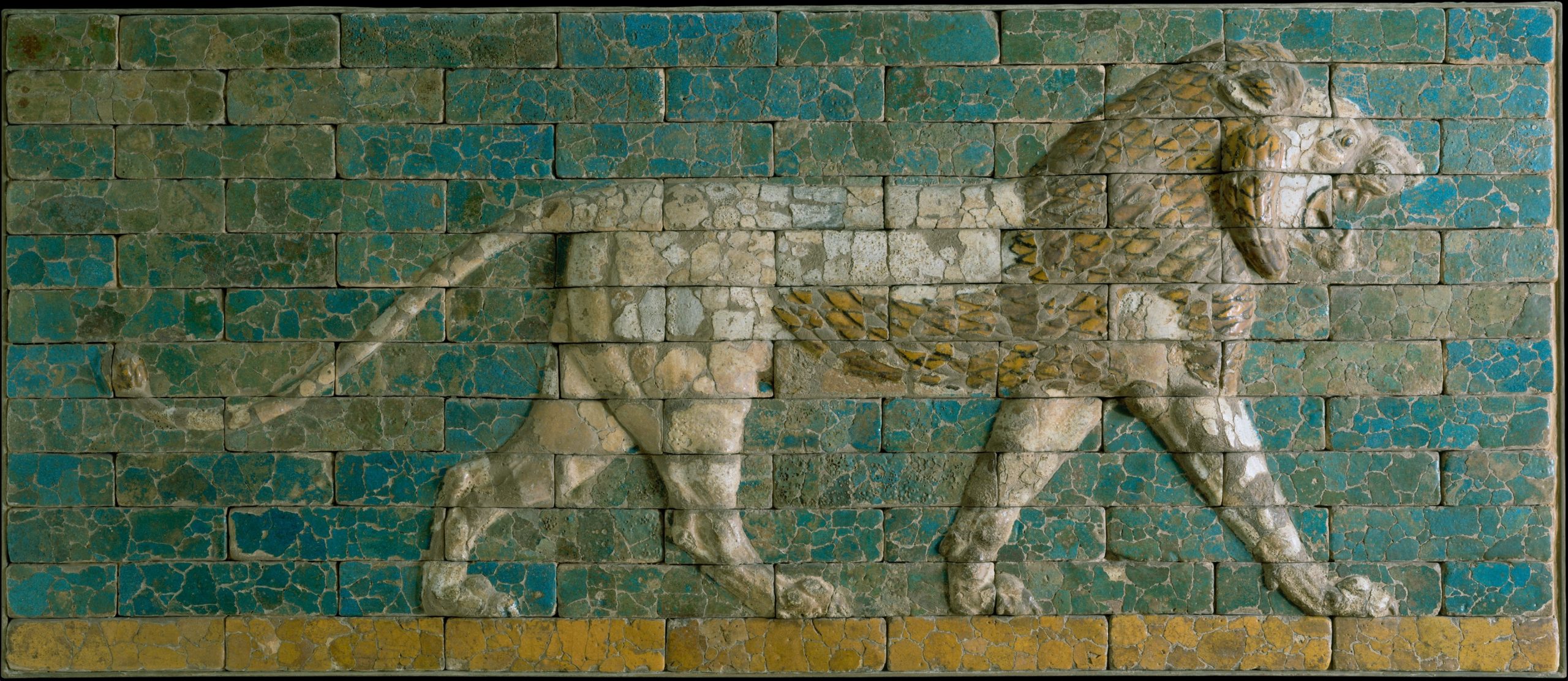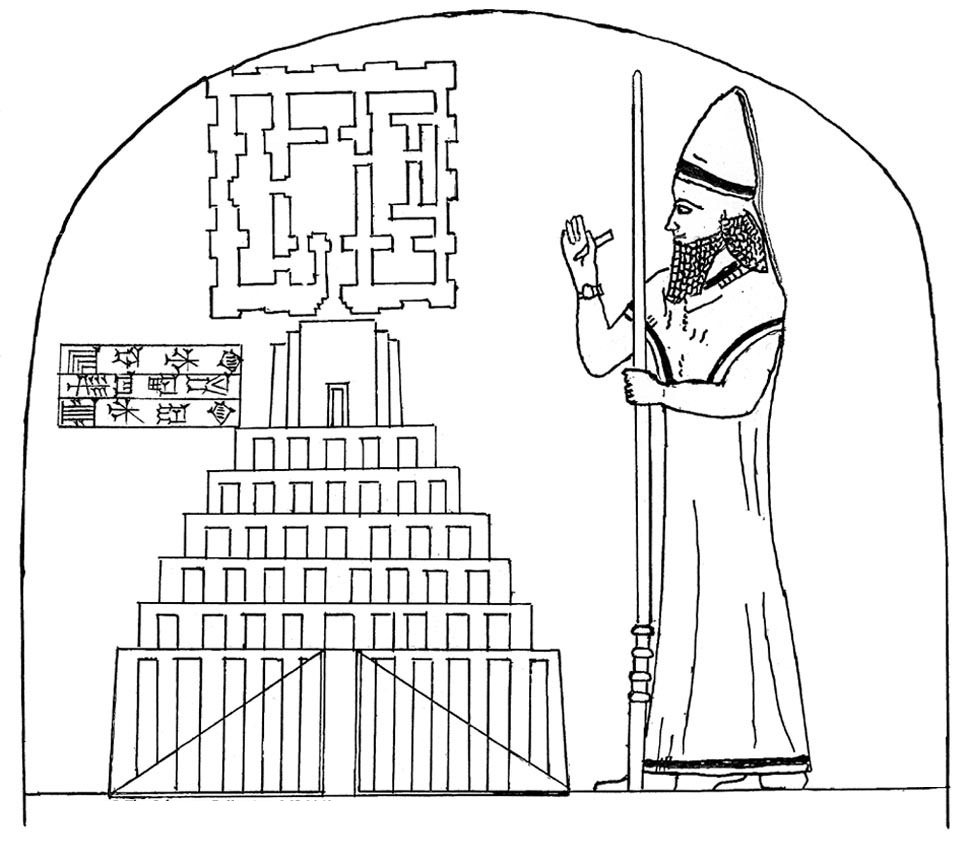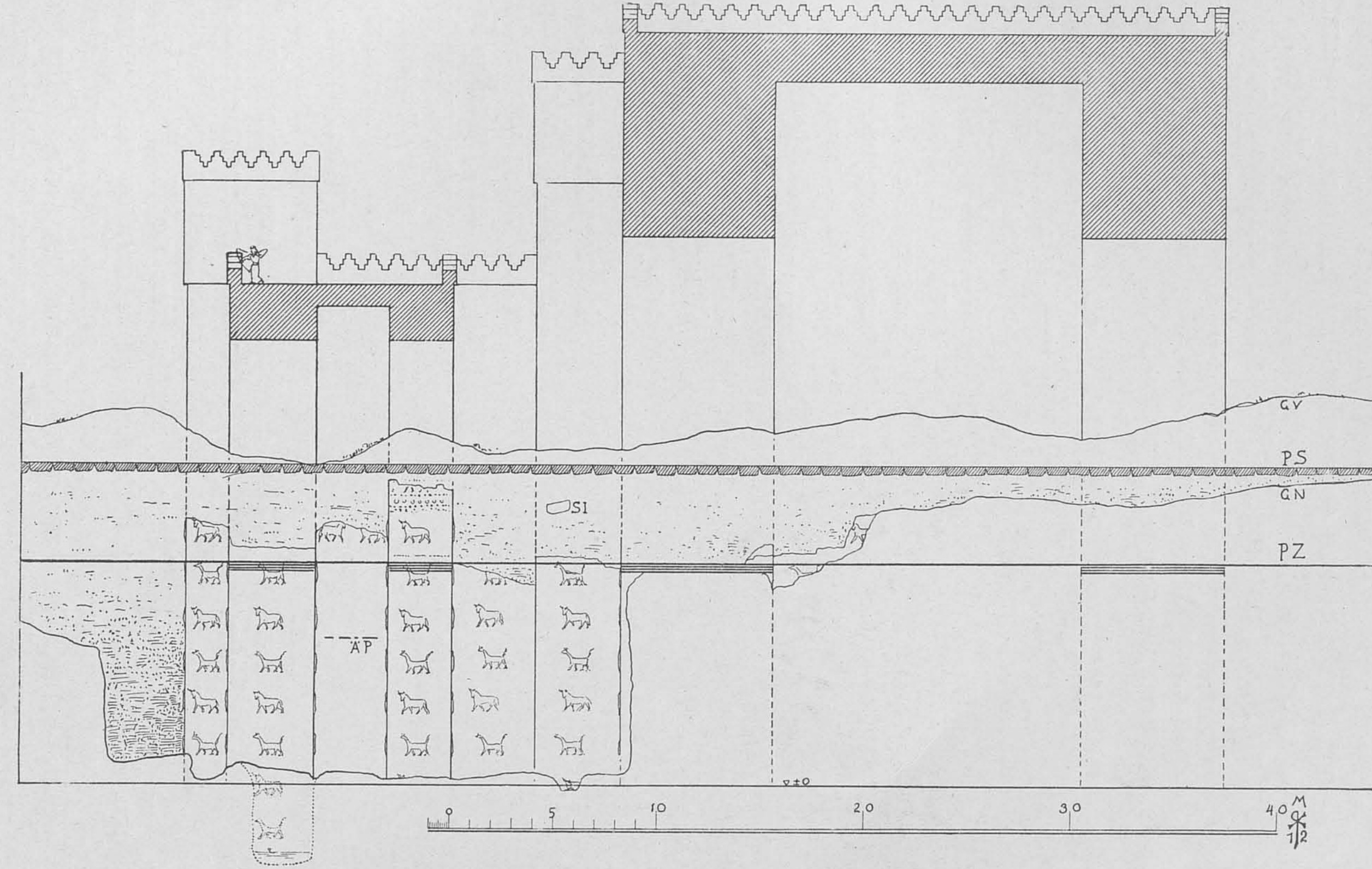Open World Game
Massive open world game in an area of 224 km2, with 9 ancient cities, plus villages and much more: Babylon, Borsippa, Sippar, Kutha and Kish among others
BABYLON IS TO BE DESTROYED
Ilum is an open world game for PC developed by M506 Tec. It includes elements of exploration and action, with an emphasis in city destruction. Taking place in ancient Babylon and the surrounding region, including cities like Borsippa, Sippar, Kutha and Kish, among others. The year is 539 BC, the time when the Babylonian empire feel to the Persians and its Jewish captives released from servitude after 70 years. As prophesied, Babylon is to be destroyed. Ilum accurately depicts archaeological findings and cuneiform inscriptions from buildings such as the Tower of Babel, Hanging Gardens and Nebuchadnezzar's palaces. The game is entirely voice-acted in the language spoken on those times by the Babylonians: Akkadian.
Ilum stricly follows archaeological findings and implements its city layouts and buildings in accordance.
Ilum offers to the players new gameplay techniques and concepts, such as "Panoramic Camera" that can get away from the player up to 10 000 meters.
In Ilum, every single building contains inside objects and furnitures that can be destroyed (there are thousands!), so the cities are not scenarios: they look alive!
You can change weather conditions during gameplay between 5 different modes (Normal, Water, Air, Earth and Fire). Day and night cycle is also implemented, reflecting different lighting conditions across the world depending on the time.
You can destroy every single object in the game, including the furniture inside buildings, the buildings themselves, houses, palaces, temples, ziggurats etc.
You can play with 20 different classes, each with different weapons and features, converting between the thousands of characters inhabiting the world.
TRAILER GAMEPLAY
Babylon
Nebuchadnezzar II is the king of kings of the near east, the centre of civilization and culture.
He had just sieged and razed Jerusalem to the ground, destroyed its temple, captured all Jewish relics, including the Ark of the Covenant and the 10 Commandments, and brought all inhabitants as captives to Babylon.
What initially seemed as another Babylonian conquest, it was actually the result of a prophecy known much before:
Jerusalem’s destruction was actually the result of the idolatry consuming Jewish lands.
The prophecy also set that Babylon itself was going to be destroyed after 70 years,
with all captives being released and all sacred relics sent back to Jerusalem.
How can Babylon, the biggest and most protected city on earth, be destroyed by the prophecy of
an invisible God brought upon by slaves?
539 BC. The 70 years are fulfilled. Now it is your duty to destroy Babylon and take the Ark of Covenant back to Jerusalem. Baruch Adonai!

Hanging Gardens
The mythic hanging gardens were one of the seven wonders of the ancient world, as mentioned by several sources. It was described as being built by Nebuchadnezzar II for his Queen Amytis because she missed the green mountains of her homeland Media. Since Babylon city was built in a flat desert, only specific trees could grow naturally, such as palm trees, which required no irrigation. Any other species of trees would have to be constantly irrigated in order to thrive properly, which was a technical challenge to achieve in a raised staged building. So the contrast between flat arid lands and a green mountainous platform would truly be a marvel.
There are no definitive evidences where exactly the gardens would have been built, so the place where it is located in this game is more a guess then actually archaeological truth. The possible places it would have been built are:

⦁ 1) Western Outlook: The location is very close to the river where the source of water is plentiful to be raised in a mechanical machine. It is an enormous place where a garden could easily be accommodated at the top and be seen from far away, which would strike anyone navigating the river or walking the other side. As Nebuchadnezzar II himself states: “There was no dry land in the Euphrates for the defence of Esagil and Babylon, so in the river itself I built a great citadel of bitumen and baked brick; its foundations I grounded in the Apsu and its top I made as high as a mountain range”
⦁ 2) North of the Western Outlook: This is an empty space between the river and the palace where the garden could have been located. It is close to the river bed and could have accommodated a terraced building or artificial mound. This is the place I’ve chosen to put the gardens in the game.
⦁ 3) The vaulted building: This is the place most scholars assume the gardens to have existed, but due to the fact inscriptions were found in this place showing grain transactions, the building was most likely a royal silo or granary, and such a small place would not strike with awe anyone passing by, so it would be difficult to consider it a true wonder. Also, it is relatively far from any water source, so that a water channel or well would have to be used, and as far as I investigated, none were found nearby.
⦁ 4) Nineveh: A hypothesis is that the gardens was not even located at Babylon, but at the Assyrian city of Nineveh.
Tower of Babel
As mentioned in the Genesis book, a tower built so tall it could reach the heavens and that everyone spoke the same language. God then confounded their speeches so that they could no longer understand each other.
Identified in the city of Babylon as the Etemenanki (temple of the foundation of heaven and earth), it was a ziggurat dedicated to the god Bel (Marduk). Its height is determined to have been 91 meters and its base the same size. According to Babylonian myths, the god in person descended from time to time to rest in the shrine at the top, so that a female priest would always be there when that happened, to provide food and comfort. Constructed originally around the time of Hammurabi (1800 BCE), it was destroyed in 689 BCE by the Assyrian king Sennacherib and then rebuilt by king Nebuchadnezzar II around 600 BCE, bringing people from all over the known world to work on the construction which took 43 years and 17 million baked bricks.

Ishtar Gate
Located in the processional way, the most sacred Babylonian street used in religious events, such as the Akitu new year festival, it was the main door that gave access to inner Babylon. Constructed entirely with blue enamelled tiles, made of lapis lazuli, which caused it to shine bright as visitors approached in the distance. Doors and roofs were made of cedar wood, which was brought from the distant Lebanon, as Babylon didn’t have any source of such trees. Mythological animals in relief tiles decorated the walls, which beautified it even more.

Wall Circuit
In a time when all cities were walled for protection against invading armies, Babylon took its own protection to another level. Nebuchadnezzar II surrounded the city, which sprawled in both sides of the river Euphrates, with 2 wall circuits, each protected by a deep moat.
The first one surrounded the outer city in the eastern Euphrates margin. Its length was around 60 km.
The second one surrounded the inner city on each sides of the Euphrates and was actually a double walled circuit, separated 10 meters from each other (Imgur-Enlil and Nimit-Enlil). Its length was estimated 20 km on each side.
For entry access, 8 massive gates gave entrance to the inner city, 4 on each side of the river.

Bel Sanctuary
Known as Esagil (“temple whose top is lofty”), it was the most sacred sanctuary in the entire Babylonia. It was the sit of Marduk (Bel), the Babylonian patron god. It was the place where the main god statue and its relics were located.

SCREENSHOTS
Email:
General Inquiries: marco.marques@m506.com
Social:
Steam: store.steampowered.com/app/1784160/Ilum
Youtube: youtube.com/channel/UCw6YBvWWzyXk_mh2iZ3pQig
Twitch: twitch.tv/m506tec
Patreon: patreon.com/m506tec
Discord: discord.gg/HgpH6uTH8s
Reddit: reddit.com/r/Ilum
Instagram: instagram.com/m506tec/
IndieDB: indiedb.com/games/ilum
Others:
PressKit: indiedb.com/games/ilum/presskit
Studio: m506.com